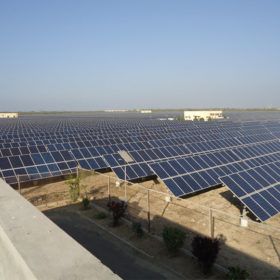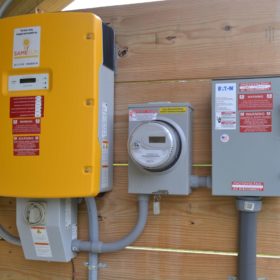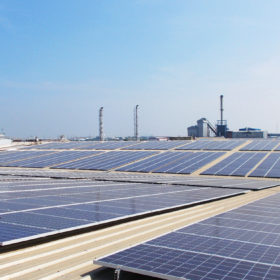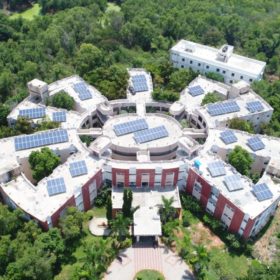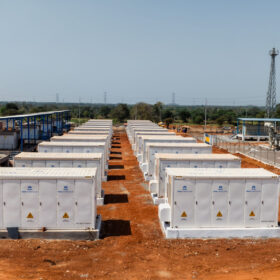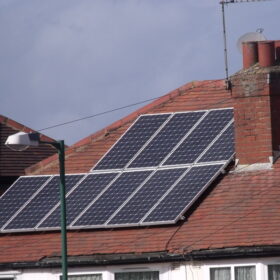Solar on new-build homes has significantly shorter payback period
A report by BloombergNEF and Schneider Electric has pressed the case for governments to unlock the world’s potentially huge rooftop solar potential, and cited California’s solar mandate as a shining example.
Tata Power awarded 250 MW solar project in Maharashtra
With this large-scale solar project, the company’s total renewable capacity will swell to 4,611 MW comprising an installed capacity of 2,947 MW and 1,664 MW under implementation.
Residential rooftop solar in India
Established in 2015, Gurugram-based solar EPC player Corrit Energy and Infra caters to a diverse customer profile ranging from large-scale industries to residences. Director and CEO Mayur Misra speaks about the current state of residential rooftop solar in India and emerging trends.
Transmission system expansion, digitalization critical to Southeast Asia’s grid modernization
To achieve its sustainability targets, Southeast Asia will require integrated strategy and execution across generation, transmission, and distribution, as well as planning that balances both capital and operational expenditures. The regional power industry will need partners who can merge data analytics with engineering expertise to deliver timely and actionable insights that realize the full potential of assets and facilities.
How long do residential solar inverters last?
Multiple factors affect the productive lifespans of residential solar inverters. In the second part of our new series on resiliency, we look at PV inverters.
The long read: Drones for solar – how useful are they?
Drones have already established themselves in industries as disparate as warfare, wedding photography, and burrito delivery, and increasingly the solar sector is taking the high road, too. Combined with thermal imaging, drones have the potential to obviate expensive maintenance costs for large-scale solar plants, as well as C&I and growing niches like floating PV. But how useful are they, and what role does AI play in making the most of a bird’s eye view?
An open letter to power minister on Draft Electricity Rules, 2021
The current proposed draft policy has the potential to act as a game-changer for the renewable energy industry. However, the government needs to relook at certain elements.
Orsted’s transition shows the way for Indian utilities and renewable energy companies
Orsted transitioned from a coal-intensive utility to a global renewable energy leader creating immense shareholder wealth. A new report looks at what strategic decisions led to this transition and learning for Indian companies to look forward to the future energy transition.
Solaria unveils 430 W pure black residential solar panel
The new residential module of the U.S.-based manufacturer has a power conversion efficiency of 20.40%, a size of 1,076×1,957x35mm, and a weight of 21.3kg. The product is claimed to be compatible with next-generation, module-level power electronics.
Pondicherry University gets a 2.4 MW solar plant
The rooftop solar plant, commissioned by Amp Energy India, will supply about 40% of the university’s energy requirement and help offset around 2,900 tons of carbon emissions every year.
